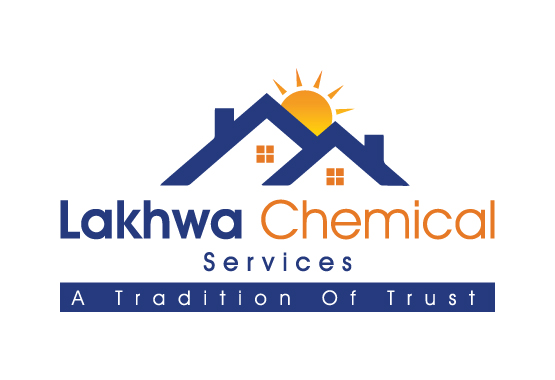Can a Roof Collapse from Heat
Generally, excessive heat is not a common factor for roof collapse. However, when coupled with other aspects, can contribute to roof damage or failure. It is essential to understand the issues and take preventive measures to ensure the structural integrity of the roof.
Effect of Heat on Roofs
Thermal expansion is one of the primary factors that can lead to roof damage. When exposed to high temperatures, roofing materials, especially metallic, expand due to thermal energy. This expansion can add stress on the roof’s structural components, such as fasteners, joints, and seams. Over time, repeated expansion and contraction cycles can weaken the structure.
Prolonged exposure to intense heat can accelerate the degradation of roofing materials. Asphalt shingles, for example, can become weak and susceptible to cracking under extreme conditions. This can compromise the waterproofing capabilities and increase the risk of leaks. Similarly, heat can cause degradation in other roofing materials, such as wood, causing them to warp or decay over time.
In some cases, extreme heat events can lead to ignition of flammable materials, such as dry leaves, debris, or accumulated dust. This can result in fire damage, weakening the roof’s structural integrity and potentially leading to collapse.
Read More
Types of Roof Heat Proofing in Karachi
Benefits of Learning about Prices of Roof Heat Proofing Chemicals in Karachi
How to Find Top Water and Heat Proofing Company in Karachi?
While direct impact of heat on roof collapse is relatively low, other factors associated with heat can contribute to roof failures. For example, intense heat can exacerbate pre-existing structural issues or damage caused by other factors like water infiltration, poor maintenance, or inadequate construction.
High temperatures can indirectly affect the structural integrity of a roof by causing thermal stress on the building. When the underlying structure of a building, such as support beams or walls, is exposed to prolonged high temperatures, it can undergo thermal expansion. This expansion can lead to movements or shifts in the building’s structure, ultimately affecting the stability of the roof.
Preventive Measures
To mitigate the risk of roof collapse or damage due to heat, it is essential to take some precautionary steps:
Proper Roof Design & Construction
A well-designed roof can withstand high temperatures effectively. High-quality materials and skilled labor force is essential in this regard.
Regular Inspection & Maintenance
Regularly inspect your roof for signs of damage, such as loose materials, sealants, or weakened structural components. Remove any debris, leaves, or other flammable materials from the roof to reduce the risk of fire.
Adequate Ventilation
Proper roof and attic ventilation can help dissipate heat buildup and reduce risk of thermal stress. It can also help prevent accumulation of moisture.
Use Heat-Resistant Materials
Use heat-resistant roofing materials, such as cool roof coatings or reflective shingles, which can reduce heat absorption and minimize the impact of thermal stress. Adequate insulation can help regulate the temperature in the attic and minimize thermal stress on the roof structure.
Read More
What Difference Does Roof Heat Proofing in Islamabad Makes in Your Home?
How to Prevent the Roof from Sun Heat in Pakistan?
How to Control Heat From the Roof Using Sun Reflective Chemicals?
How Much Heat can a Roof Withstand?
Depending on the material, a typical roof can sustain temperatures of 170 degrees Fahrenheit. While roofing materials are designed to counter excessive heat, the damage can have its say! Thermal shock cycles and UV radiation can also affect the roof’s quality over the years.
Application of cool roofing materials is the best solution to overcome the heat effects. Examples include heat-reflective coats, green roofs, or heat-insulating materials.
Conclusion
While roofs are designed to withstand high temperatures, extreme heat can contribute to roof damage or failure. Thermal expansion, degradation of roofing materials, indirect effects on the building’s structure, and fire risks are some of the factors that can increase the likelihood of roof collapse in hot weather. Taking preventive measures and maintaining your roof can significantly reduce the risk of damage and ensure its structural integrity in high-temperature conditions.
Connect with Lakhwa Chemical Services for an appointment today!




Leave a Reply
Want to join the discussion?Feel free to contribute!